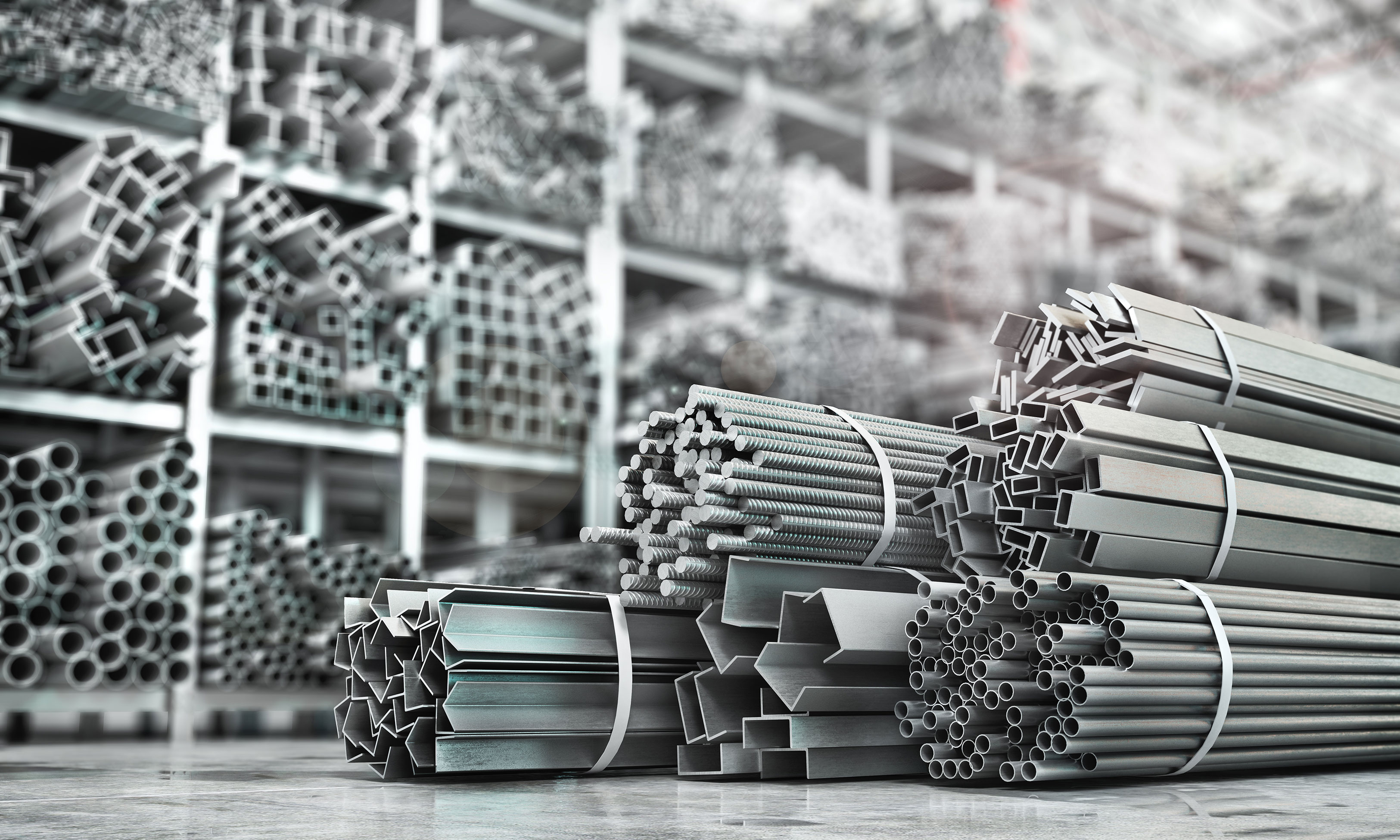Overcoming Challenges in Green Steel Production with Renewable Hydrogen
Key Ideas
- Producing green iron requires significant green hydrogen supply, necessitating abundant renewable energy for electrolysis.
- Firming up power generation with robust storage systems or oversized electrolysers can ensure uninterrupted hydrogen production.
- Regions like MENA with cost-effective renewables are ideal for green hydrogen production and gradual transition to hydrogen in steelmaking.
- Challenges faced by electrolyzers due to renewable energy variability highlight the need for practical experience and efficient technology.
Direct reduction (DR) ironmaking for green steel production demands a substantial supply of green hydrogen, stressing the need for renewable energy to power the necessary electrolysis. Challenges arise due to the variable nature of renewables like solar and wind, impacting the continuous supply of green hydrogen. Solutions involve firming up power generation with storage systems or oversized electrolysers to maintain steady hydrogen production. Regions like the Middle East and North Africa (MENA) with abundant cost-effective renewables provide opportunities for green hydrogen production and a gradual transition to hydrogen in steelmaking.
Gas-based DR technology offers flexibility in utilizing hydrogen mixes, paving the way for a gradual transition for steelmakers. The compatibility of DRI technology with varying hydrogen blends allows for the adoption of greener practices in steel production. However, challenges remain in addressing the variability of renewable energy sources for hydrogen electrolysis, including efficiency, cost, and safety concerns. Real-world operational data is crucial to understanding and overcoming these barriers to establish efficient hydrogen production.
Topics
Green Hydrogen
Green Energy
Energy Storage
Electrolysis
Steel Production
Renewable Sources
Emissions Reduction
Hydrogen Technology
Renewables Integration
Latest News
